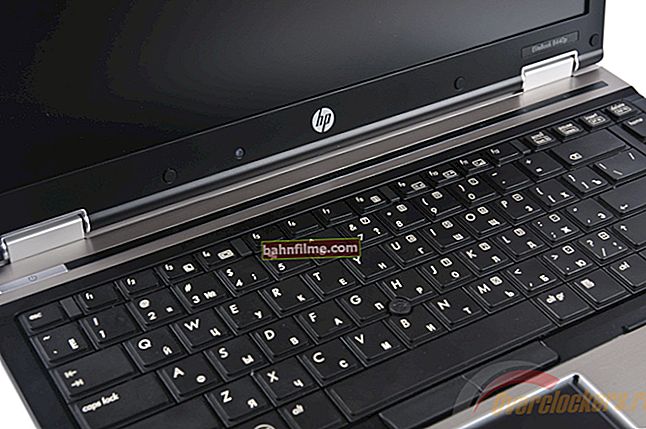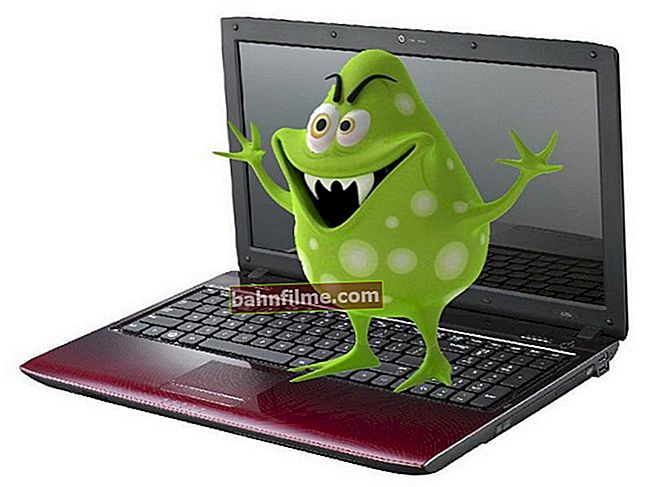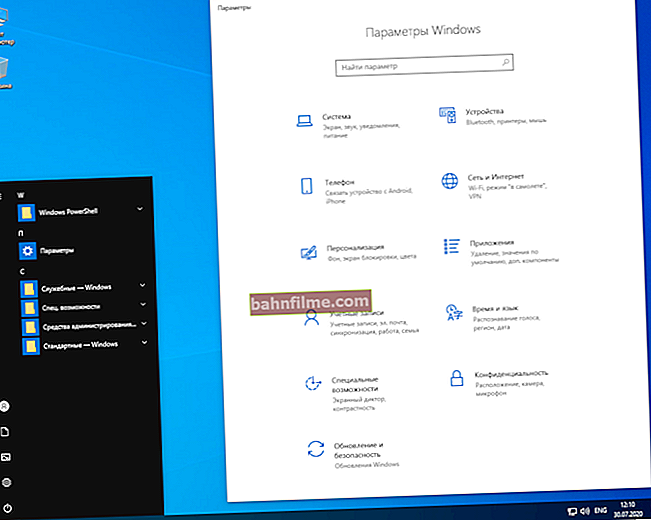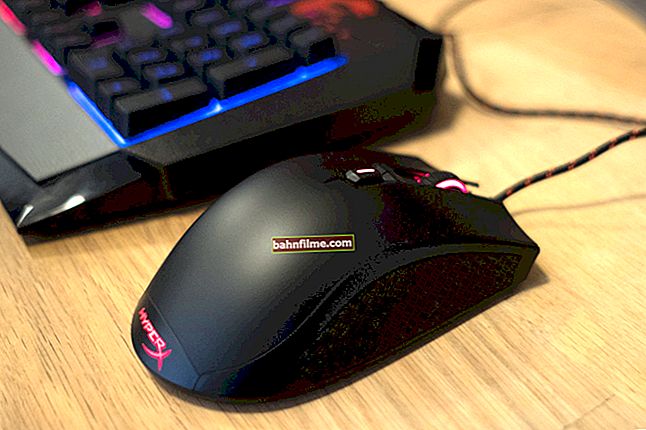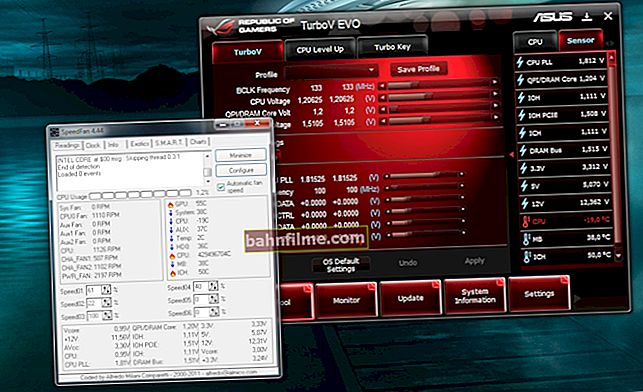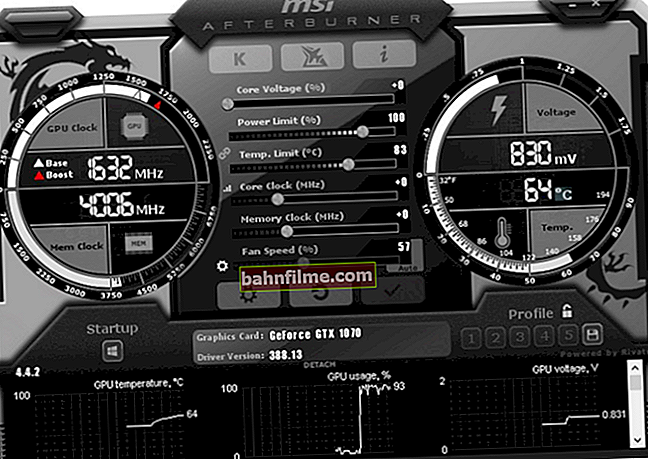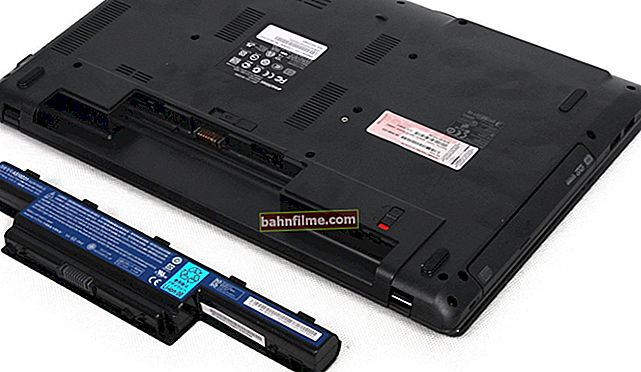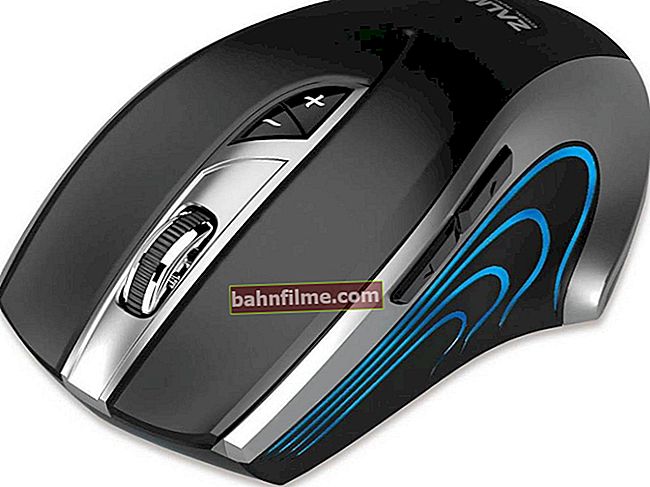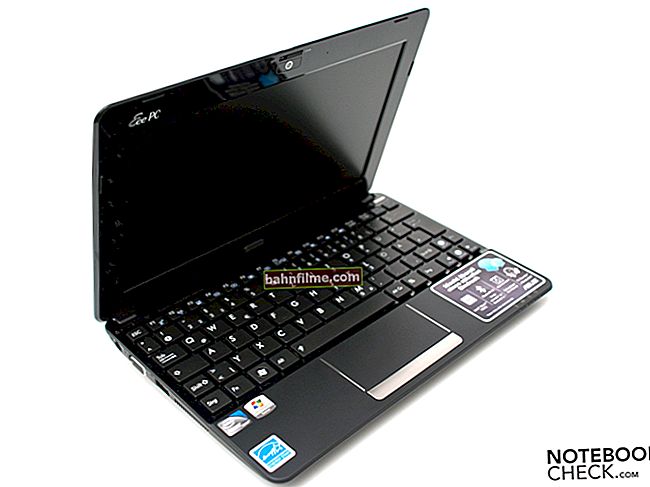
User question
Hello.
I'm trying to connect a second monitor to the computer via HDMI (so that I can work on the main one, and watch TV on the second). But on the second monitor, for some reason, just a black screen (there is no image).
I tested it on another PC - it works. Changed drivers, changed OS Windows 7 to Windows 10 - the effect is zero.
What can be wrong?
Good day!
In general, when a TV or a second monitor is connected to a computer (laptop) - usually, the image on it should appear immediately (without unnecessary gestures). In your case, it is very likely that the signal from the PC does not go to the monitor at all (for example, the HDMI cable may be interrupted, the connectors "broken" and because of this bad contact, a problem with the video driver, etc.).
Actually, in this article I will try to give all the points that need to be checked in order to restore the operation of the devices (the actions go in steps, approximately this is how I recommend looking for the cause).
So...
*
Why the PC / laptop may not "see" the second monitor, TV
Plugs, cables, connectors
The first thing I would recommend to pay attention to is to check the condition of the cable, plug, connectors (adapters, if you use them). Look carefully at the surface of the cable: often, due to frequent bends, you can find "breaks", "twists", etc. Even if the cable looks intact, in such places (inside the cable) copper veins could be damaged.

The cable is bent (twisted)

Broken USB cable
It will not be superfluous to test this cable with another device to see if it will work.
It would seem that such banal reasons, as it turns out, are the "culprits" in a third of cases in the absence of an image on the screen.
Note!
The connection / disconnection operation is not recommended to be performed "hot" * (i.e. connect without turning off the devices) way.
Is HDMI selected correctly in the settings
Modern monitors and TVs often have several HDMI ports (2 ÷ 4). And for this reason, there is often one popular mistake [inattention *]: the cable is connected, say, to the HDMI-1 port, and HDMI-2 is indicated in the [Input] TV settings. Of course, no image is transmitted to the screen (TV "waits" for it on another port) ...
It's trite, but double-check which port you connected to, and what is indicated in the TV / monitor settings (where to get the "picture" from). See screenshot below.

Is the correct HDMI port selected?
Note!
Please note one point: on some devices, the port markings may be confused. I came across this once when setting up a TV: as it turned out, just put the marking "upside down" on the symmetrical cover ... Based on this, try to "click" in the TV / monitor settings all HDMI ports that are available in the settings.
Projection settings. Detection
In general, when you connect a second monitor to a computer / laptop, it automatically transmits the image to both screens (to its own and the second connected one). In this case, usually, a window with a choice of projection will appear on your desktop (i.e. how to work with an image on 2 screens):
- show the image only on the PC screen;
- repeat the image on both screens (default option);
- expand (ie you will have 1 desktop divided into 2 monitors. Convenient when you need a "large" desktop);
- only the second screen (the image on the laptop / PC screen will be "blanked out").

Projection options
Important!
The problem may be that instead of the default option (i.e. show the image on both screens), you may have an option set to show only on the PC screen. In this case, the image will not be transmitted to the connected second monitor!
To "manually" call this projection panel - press the combination of buttons Win + P (and then change the "both screens" projection option).If you have a laptop, pay attention to the function keys: there are also additional keys among them. options.
I also recommend opening the Windows settings, section " System / Display " and press the button "Discover" (in some cases, especially if your display is old - this function will help to detect it and use it).

Display Customization (Windows 10)
Video driver settings
In this subsection, 2 problems can be distinguished:
- your video drivers are not installed / updated at all (there are those that were installed on the system along with Windows);
- the "picture" on the second display is disabled in the video driver settings.
First, I recommend opening the control panel for your video driver. As a rule, it is enough to use the tray icon (next to the clock), see the screenshot below.

Intel Graphics Settings
The second option is to open the Windows Control Panel, convert the display to large icons, and find a link to the video driver control panel (Intel graphics setting, as in my example below).

Control Panel - Large Icons / Clickable
Note!
If you do not have such configuration links, most likely you do not have the drivers installed. Try to go to device manager (to do this, press Win + R - and use the devmgmt.msc command) , and look at the "Display Adapters" and "Other Devices" tabs. If you have a driver installed on your video card, you should see the name of your adapter, if not, something like "Video controller (VGA compatible)", see the example below.

Device Manager - on the left, the driver is installed on the video card, on the right - no / Clickable
Note that another situation is not uncommon: the driver can be installed, but the control panel is absent. In this case, you also need to reinstall (update) the video driver.
To help!

10 Best Software for Updating Drivers (Automatically!) - //ocomp.info/update-drivers.html#Driver_Booster
How to update the driver for an AMD, nVidia and Intel HD video card: from A to Z - //ocomp.info/kak-obnovit-drayver-na-videokartu.html
In the driver control panel, as a rule, you need to open the section "Display / multiple displays" (example for IntelHD video cards) and click the "Find" button (if the PC does not see the second display). In the same section, you can select the display mode, specify the number of active screens, and other parameters.

Intel Control Panel - Multiple Display / Clickable
As far as AMD / nVidia video cards are concerned, everything is the same here. For example, in the nVidia control panel, you need to open the section "Display / multiple display setup" (see screenshot below). There you can also specify which displays will be used, check their configuration, set parameters, etc.

NVidia Control Panel - Multiple Display Setup / Clickable
Is the HDMI port burnt out?
The most popular for connecting TV / monitors today is the HDMI interface (which is why it was singled out). Not many people know, but when connected in a "hot" way (i.e. without turning off the devices) - In some cases, the HDMI port may be burned out. In rare cases, not only he burns, but also the mat. pay. This happens, most often, due to the lack of grounding (or due to different ground levels, if the devices are connected to different power sources).

HDMI has melted (a similar case, however, is rare. Usually, HDMI after combustion looks like before ... no external signs)
To prevent this from happening with your devices (to minimize risks), it is enough to follow a number of simple sequence when connecting:
- first completely turn off your computer (or laptop) and TV (or monitor);
- disconnect plugs from sockets. If a cable is connected to the TV, turn it off as well;
- connect HDMI cable to devices;
- connect cable TV to your TV (if available);
- then you can connect the devices to the network and turn them on.
The use of surge protectors is also highly recommended.
In addition!

HDMI Hot Plugging: Will Port Burn? (why the monitor / TV does not work via HDMI) - //ocomp.info/hot-hdmi-gorit.html
How can you try to fix the situation
If you can't get a picture from a computer on a second monitor via HDMI, pay attention to other connectors: DVI, Display Port, USB Type-C, VGA.As a rule, most monitors (like PCs) have several interfaces for connection.
Note!

You can learn more about the monitor / TV connection interfaces in this article: //ocomp.info/razemyi-monitorov-dvi-display-port.html
The difficulty, perhaps, can arise with laptops: on many models there is only one interface, HDMI (say). However, on new laptop models, in addition to HDMI, there is a USB Type-C port. You can purchase a cable (adapter, adapter) for VGA, DVI, Display Port (and connect almost any monitor) to it.

There are a variety of adapters (adapters) to USB Type-C for VGA, DVI, Display Port
Such adapters are not always easy to find. I recommend using Chinese online stores.
Note!

The best Chinese online stores where you can buy similar products for a penny * (using cashback and promotions) are presented here: //ocomp.info/kitayskie-internet-magazinyi.html
Perhaps one of my previous articles about connecting a second monitor to a laptop will be useful to you - //ocomp.info/kak-podklyuchit-monitor-k-noutbuku.html
That's all for now ...
*
Happy connection!
Additions on the topic are welcome.
All the best!

